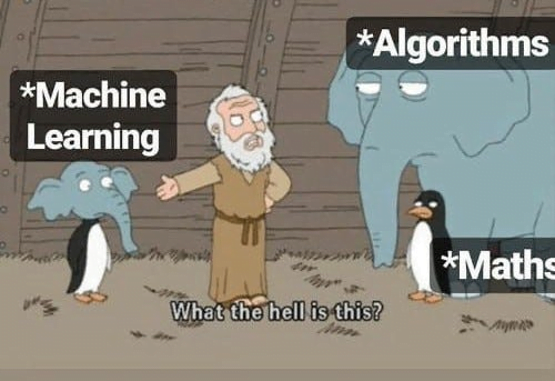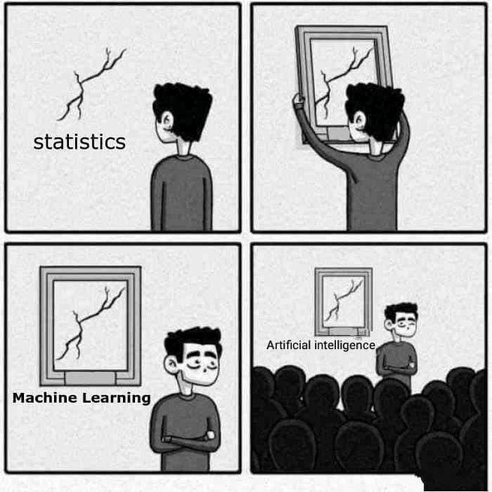Understanding AI and Machine Learning: Let’s get things clarified
4 minute read
Artificial Intelligence (AI) and Machine Learning (ML) are two buzzwords that often get used interchangeably, leading to significant confusion among the general public and even within the tech community. AI is a broad field encompassing various sub-disciplines, including ML, robotics, expert systems, neural networks, and natural language processing (NLP). At its core, AI refers to the simulation of human intelligence in machines, enabling them to perform tasks that typically require human intelligence, such as visual perception, speech recognition, decision-making, and language translation. On the other hand, ML is a subset of AI that focuses on the development of algorithms that allow computers to learn from and make predictions based on data. The primary distinction lies in the fact that while AI is the overarching concept of creating intelligent machines, ML is a specific method by which machines achieve this intelligence.
To delve deeper, consider AI as the grand vision of machines that can emulate human thought processes and behaviors. This includes not only learning and problem-solving but also reasoning, perception, and language understanding. AI encompasses both rule-based systems, where explicit instructions guide the machine’s actions, and data-driven systems, where patterns and inferences are drawn from large datasets. ML, however, is firmly in the data-driven camp. It focuses on creating systems that can automatically improve their performance by learning from data. This involves training algorithms on vast datasets, allowing them to identify patterns and make decisions with minimal human intervention.

To illustrate the difference with an anecdote, imagine a child learning to recognise different types of animals. AI is akin to the child’s entire learning journey, encompassing all the different ways they acquire and apply knowledge—through books, teachers, experiences, and interactions. This journey includes memorising animal names, understanding their habitats, and learning to differentiate between similar species. Machine Learning, in this context, is like a specific set of flashcards that the child uses to recognise animals. Each time the child sees a flashcard with an image of a dog, they learn to associate certain features (like four legs, fur, and a tail) with the label “dog.” Over time, with enough flashcards (data), the child becomes proficient at identifying dogs, even without the flashcards, by recognising patterns and making predictions. Similarly, ML algorithms process large amounts of data to recognise patterns and improve their performance over time without being explicitly programmed for each specific task.
This distinction is crucial for understanding the dynamic landscape of technology and the innovations driven by these powerful tools. While AI sets the vision for intelligent machines, encompassing a broad range of capabilities and approaches, ML provides the practical approach to achieving that vision by harnessing the power of data. For instance, advancements in AI have led to the development of autonomous vehicles, which require a combination of rule-based systems for navigation and ML algorithms for real-time decision-making based on sensory data. Similarly, AI-driven virtual assistants like Siri and Alexa rely on ML to understand and respond to user queries, continuously improving their accuracy and functionality through data-driven learning.
In summary, while AI and ML are closely related, they are not the same. AI is the overarching concept of intelligent machines capable of performing tasks that require human intelligence, while ML is a subset of AI focused on developing algorithms that enable machines to learn from data and improve over time. Understanding this distinction not only clarifies the roles these technologies play in our lives but also highlights the importance of each in driving technological advancements and innovations.
Ready to Transform Your Business?
Take the first step towards unlocking your business’s full potential. Contact us today to explore how our data science services can propel your organisation towards new heights of success.







